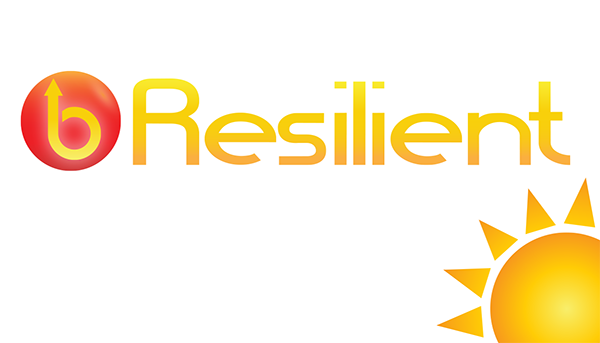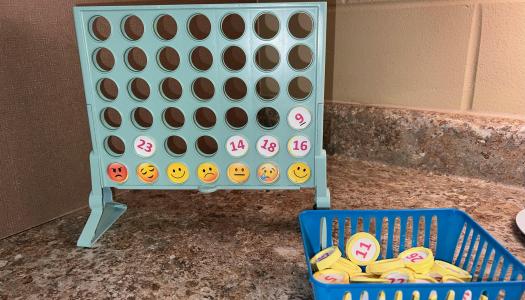
Allison Behne
If your car needs new tires, you purchase new tires, not a new car. If the furnace goes out in your home, you repair or replace the furnace; you don’t buy a new home. If your phone battery is low, you charge it; you don’t toss it out and get a new phone.
These examples are a bit extreme, and the solutions are common sense: before buying a new home or car or phone, a person would most likely consider all options to make a reasonable and good decision. We don’t “throw the baby out with the bathwater” per se; instead we consider what is valuable, what is broken, what could be fixed, what is working, and what isn’t.
The phrase throw the baby out with the bathwater essentially means that the good should not be discarded along with the bad because of inattention or haste. It can be easy to just toss everything out and start over when frustration hits. And it works for us sometimes—but at what cost?
We all know this happens in the field of education. Maybe scores aren’t where they need to be, behavior is a challenge, there isn’t enough time in the day, or all of the above, and the first solution is to find a new program or idea and go in a different direction. We are flexible and open to new things, so we change our path and go all in on something new. And that is not a bad thing, because we should be learning and growing and adapting and changing.
However, we shouldn’t make changes to our teaching, curriculum, schedule, and more with inattention or haste. We owe it to our students, colleagues, and ourselves to have research and professional thought guide our decision making so we don’t throw the baby out with the bathwater in an effort to make a positive change.
We can start by asking these three questions:
- What is the change we desire to see? Focus on the purpose and goal of the change. We don’t change just to change; our purpose must drive our actions.
- What are we doing that is working? Consider what is currently working well, and continue to make room for those practices. John Hattie says nearly everything we do makes a difference to some point, but we need to focus on what makes the biggest impact.
- What is the effect size or evidence base of the change we are implementing? Take time to learn more and decide what is best for the students we serve. You may wish to explore more of John Hattie’s research here.
Starting with these three questions, we can then sift through what’s valuable, what’s broken, what can be fixed, what’s working, and what isn’t. Then, instead of tossing out the good with the bad, we can hang on to it, build on it, and create remarkable change.
News From The Daily CAFE
Touching Base with Touch Points
Emoji Drop








